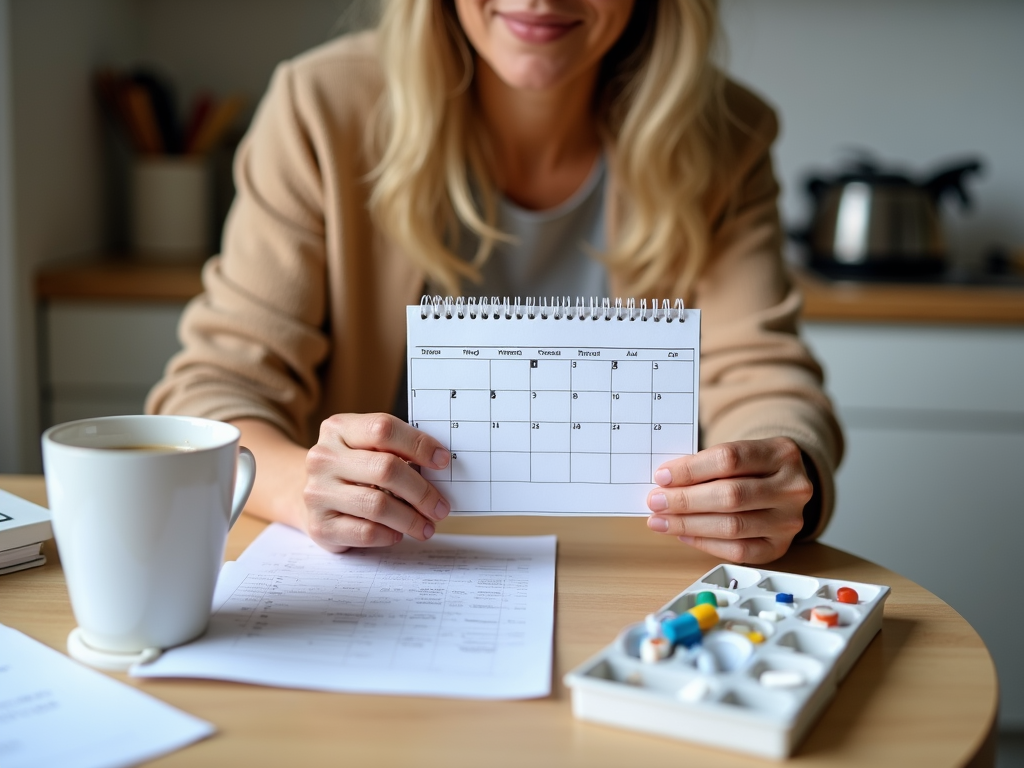Understanding Ovarian Stimulation: What to Expect
June 1, 2025, 7:30 a.m.
Overview
Ovarian stimulation is a key step in fertility treatments like IVF, where medications help your ovaries produce multiple eggs. Understanding what to expect can ease anxiety and prepare you for this journey. This guide breaks it all down simply and personally.

What is Ovarian Stimulation?
Ovarian stimulation uses medications to encourage your ovaries to produce several eggs at once, unlike the single egg released in a natural cycle. Doctors retrieve these eggs for fertility treatments, such as IVF, to boost your chances of pregnancy.
Think of it like giving your ovaries a gentle nudge. Normally, they take it slow, but during ovarian stimulation, they work overtime. This process is common for women facing challenges like irregular ovulation or low egg counts.
Why Do You Need It?
Fertility treatments often rely on ovarian stimulation because one egg isn’t always enough. Multiple eggs increase the odds of successful fertilization and healthy embryos. For example, if you’re doing IVF, having more eggs gives doctors more options to work with.
It’s also helpful if your ovaries don’t release eggs regularly. According to Johns Hopkins Medicine, ovarian stimulation helps control egg production timing, which is critical for success.

How Does the Process Work?
The ovarian stimulation process starts with hormone injections you’ll take daily for about 8 to 14 days. This ovarian stimulation cycle length varies based on how your body responds. You’ll visit the clinic often for ultrasounds and blood tests to track follicle growth—those are the sacs holding your eggs.
Once your follicles are ready, you’ll get a ‘trigger shot’ to mature the eggs. About 36 hours later, doctors retrieve them in a quick procedure. It’s a team effort between you and your medical crew.
What Will You Feel?
Physically, expect some bloating or tenderness as your ovaries grow. I remember feeling like I’d eaten a big meal, even when I hadn’t! You might also notice headaches or mood shifts from the hormones.
Emotionally, it’s a rollercoaster. The frequent appointments and waiting for results can stir up stress. But here’s the thing: you’re not alone. Your clinic team is there to guide you, and each step brings you closer to your goal.

Side Effects to Watch For
Most side effects are mild but worth knowing:
- Bloating: Your ovaries are working hard!
- Tiredness: Hormones can zap your energy.
- Mood Swings: You might feel up one minute, down the next.
Rarely, there’s a risk of ovarian hyperstimulation syndrome (OHSS), where ovaries overreact, causing pain or swelling. The Mayo Clinic explains OHSS is manageable with prompt care, so call your doctor if anything feels off.
Tips to Make It Easier
Here’s what helped me through ovarian stimulation:
- Track Everything: Use a calendar for shots and visits. It cuts the chaos.
- Lean on Loved Ones: My partner learned to give injections—it became our teamwork moment.
- Rest Up: Nap when you can; your body’s doing extra work.
Small stuff, like a warm tea or a funny show, kept my spirits up too. Find what works for you.

How Long Does It Take?
The ovarian stimulation cycle length averages 8 to 14 days, but it’s personal. Some finish faster; others need a bit more time. Monitoring helps your doctor adjust as needed. Patience is key—your eggs are worth the wait!
Research from the American Society for Reproductive Medicine shows this timeline optimizes egg quality, so trust the process.
What’s Next After Stimulation?
Once eggs are retrieved, they’re fertilized in a lab if you’re doing IVF. You’ll rest briefly, then wait to hear about embryo development. It’s a big moment—nerve-wracking but exciting. Your doctor will explain each step, so you’re never in the dark.

A Personal Take
When I went through ovarian stimulation, I was nervous about the shots and side effects. But after a few days, it felt routine. The real challenge was staying hopeful without overthinking. Talking to others who’d been there helped me see it as a step, not a hurdle.
You’ll find your rhythm too. It’s tough, but it’s doable.
Summary
Ovarian stimulation is a vital part of fertility treatment, pushing your ovaries to produce multiple eggs over 8 to 14 days. It’s a mix of hope, discomfort, and teamwork with your doctor. Understanding what to expect—shots, monitoring, side effects—makes it less daunting. You’ve got this, and more resources await below.